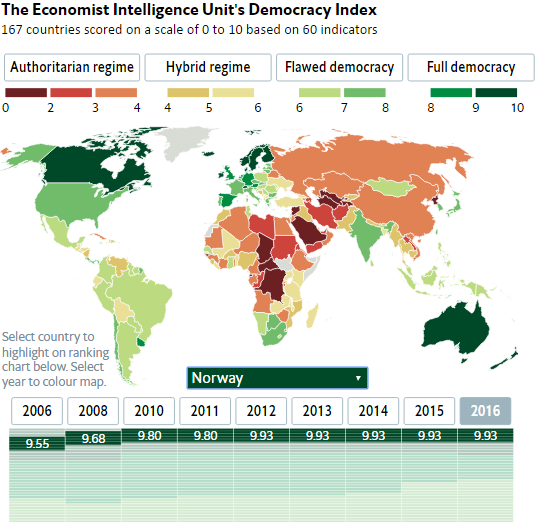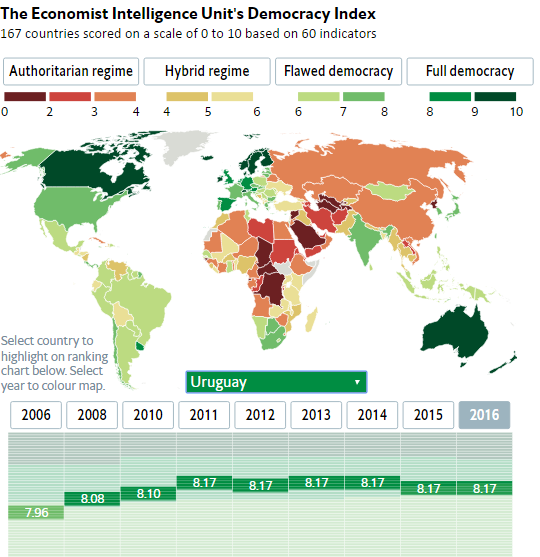Can the UN restore international peace? Maybe, but only from the ground up
Written by
Adam DaySenior Policy Adviser, United Nations University Center for Policy Research
Speaking in Davos at the start of the year, United Nations Secretary-General António Guterres laid out a vision of the interconnected nature of today’s conflicts, calling for a “comprehensive approach” by the UN that will bring together all of the organization’s pillars. This is a good move for a deeply fractured organization.
But in aiming big, and in focusing on bringing the major pieces of the UN architecture together, there is a risk that the crucial local dynamics of conflict will continue to be overlooked. Each of the key UN institutions – peace and security, human rights, and development – have a strong tendency to work at the national and state-institutional level. None has adequate mechanisms to link the national with the local. And while recent policy reviews and Guterres himself have called for a people-centred approach, it is less clear how that will be achieved. Here are three direct ways to combat the tendency to focus on the national level and to firmly root the UN’s conflict-management in local soil.

New technologies as a force multiplier for preventing conflict
In Davos, Guterres underlined that innovation and new technologies can play a critical role in addressing global crises. The risks associated with new technologies are well known: from the imminent threat of drone capabilities in the hands of terrorists, to genetically modified pandemic threats, to ISIS using social media as a recruitment tool. As Anja Kaspersen and Jean-Marc Rickli pointed out in an earlier Agenda article, this has allowed a far greater number of non-state actors access to the tools of conflict.
But modern communications technologies also offer the UN an opportunity to maintain closer links to populations, to understand potential drivers of conflict, and message more effectively against them.
The UN has taken some positive steps to bring local actors’ views into play through technology. This includes, for example, use of social networking in the eastern parts of the Democratic Republic of Congo to identify where violent incidents are likely to occur, and more systematic monitoring of social media in Kosovo. But these are minor steps where a major one is needed, and initiatives tend to be in relatively obscure parts of the system. Imagine if the UN had been able to systematically process the enormous amount of social media data coming out of Tahrir Square in Cairo in 2012 (rather than relying on a few staff reporting on what they could see from their bedroom windows). When a SCUD missile was launched from Yemen into Saudi Arabia in 2015, the first news of this was from civilians tweeting from the ground, not a state-run source or the UN. On Syria, a civilian nicknamed “Brown Moses” became an international authority because he figured out how to use multiple sources of information on Twitter and Facebook to validate claims of weapons use by the parties on the ground.
The UN has people on the ground in 193 countries in the world, but they tend to be limited by what they can see and who they know. Dedicating meaningful resources to harnessing the enormous power of social media and big data – both to pull in information and also to communicate more effectively with affected populations – would be an immediate force multiplier for the UN that would also bring its work closer to the people.
Locally-grown analysis
When examining conflict, the vast majority of UN-related analyses are focused on either socio-economic data (unemployment rates, rising prices) or national political issues (constitutions, elections). As a result, interventions tend to be focused on building up the institutions of the state, without sufficient regard for how underlying power dynamics might be affected by a new intervention.
Deciding where to build a road, what schools are selected for funding, what groups are included in a political process, whether to support elections – all of these will play out across a social fabric. None of them are neutral. More capable state institutions may in fact raise tensions if they play into predatory state practices or fail to deliver equitably across groups.
The call for a cross-pillar approach to conflict is appropriate, but the secretary-general should also demand more systematic inclusion of local stakeholders – including business leaders – in the development of analysis and planning, and empower UN staff to build the kind of anticipatory relationships that will underpin any effective prevention effort.
This is particularly the case in countries without a UN mission already in place, but where the likelihood of conflict is high. Here, UN development and humanitarian actors are on the whole viewed as “apolitical,” carrying out their programmes without delving into the murky waters of conflict resolution (though the use of peace and development advisers in some countries has helped). These are also the eyes and ears of the UN and often have their finger pressed most directly on the pulse of a country. If Guterres is to realize his vision of a more proactive conflict prevention platform, now is a good time to be bold about reforming the Resident Coordinator system to give it the necessary tools and capacities to be effective at preventing conflict and holding national leaders accountable to their people.
Don’t follow a track, tack with the wind
The UN should also move away from its linear, state-centred approach, which assumes that money + institution = stability. Conflicts arise within complex political systems, where individual interests intersect with communal, national and even transnational ones. The key factor in all of this is political will: what are the incentives for those individuals in power to adopt a peaceful path, and how do the interests of key groups intersect around conflict? Whether President Kabila decides to step down as head of state of the Democratic Republic of the Congo, for example, has everything to do with his personal sense of security and the interests he sees for himself and his broader network, including in the local communities. An approach that builds state institutions without accounting for this is equivalent to trying to sail a boat in a straight line against the wind.
Serious thought has gone into how to intervene in complex political systems, including in conflict-prone areas. The secretary-general’s call for a whole new approach to prevention is an excellent time for that thinking to be brought into the heart of the UN: when looking at conflict, the question should be “what is the theory of change and how can we influence the political will of those involved?” Again, this calls for a locally-driven analysis, and a better sense of how money and power flow through a system. The main point is that there is no straight line to peace, no results-based budget with prevention as a deliverable, and the UN’s planning should become more flexible and people-focused in response.
As Guterres tries to knock heads together and make the UN system work more effectively together, there will be a tendency to aim for the big hitters. Framework diplomacy, groups of friends, regional and international partnerships: all of these are necessary elements of a successful prevention platform. But people’s attitudes, behavioural patterns and interests are what drive and sustain conflict, and should therefore be at the core of the UN’s prevention work. The events of 2016 showcase the perils of ignoring people’s fears and wishes. Now is the right time to ground the UN’s work in the people it serves.
_____________________________________
















